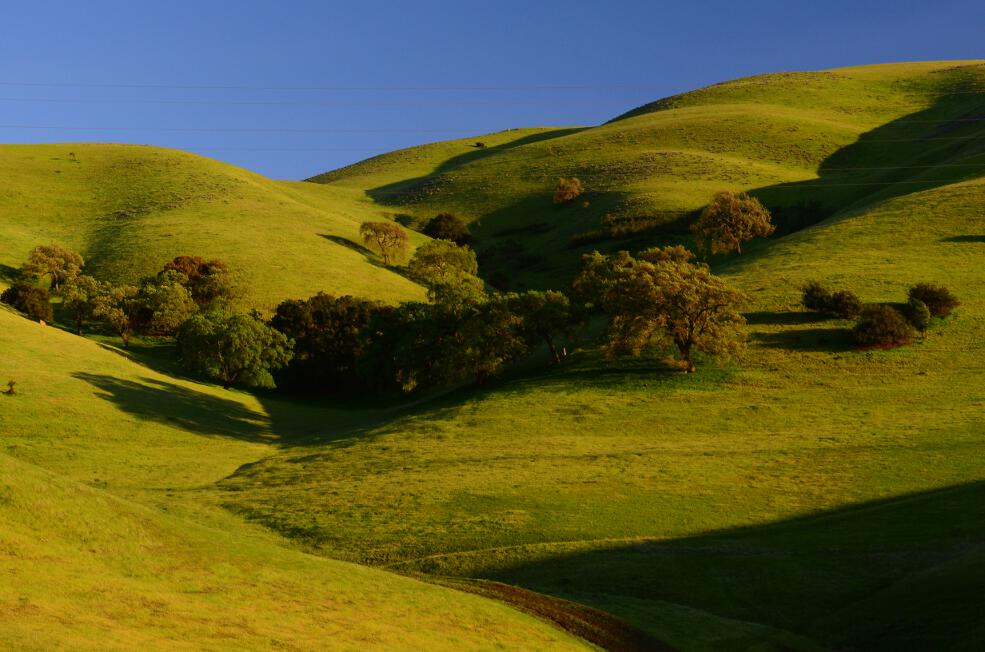Wildlife conservation goes beyond simply creating open space by protecting and enhancing native habitat and wildlife from human activity, and offering migratory pathways for wildlife within the shadow of our urban environment.
The protection and enhancement of wildlife and its habitat is a core purpose of SPRAWLDEF. Wildlife flourishes in ecosystems where vegetated landscapes and soils sustain a wide range of species in open spaces within and beyond our urban boundaries. Wildlands must be kept from disturbance by intense human activity so that native plants and animals can thrive.
SPRAWLDEF envisions a 25-mile Altamont Hills Wildlife Corridor (AHWC) connecting ecosystems providing habitats for mountain lions, endangered San Joaquin kit foxes, and many other native species. A fully realized Altamont Hills Wildlife Corridor will connect Mt. Diablo with Mt. Hamilton, and with the Central Valley.

VICTORY! As part of a coalition led by the Friends of Tesla Park (FoTP), SPRAWLDEF celebrated passage of legislation in 2021 setting aside 3100 acres in the Diablo Range that was formerly a home to the boomtown of Tesla (see map). The State of California allocated $33 million to preserve this property and save it from earlier designation as an off road vehicle park. SPRAWLDEF is currently engaged in advocacy to designate Tesla as a state reserve, which would best preserve its many rare native plant and animal species.
The foundation for an Altamont Hills Wildlife Corridor was set in motion by settlement of a lawsuit opposing expansion of a landfill east of Livermore in 1998, creating a Wildlife Habitat and Open Space fee that has raised over $25 million to date. The wildlife habitat fee was successfully negotiated by SPRAWLDEF co-founder David Tam, and the group’s two other directors also played a role in the landfill settlement.
Over 20 years later, the Altamont Open Space Committee (AOSC), which SPRAWLDEF follows closely, has already made grants of almost $7 million for 13 wildland acquisitions. AOSC is actively considering underwriting purchases of both the Corral Hollow-Tesla area, on the northern end of the envisioned corridor, as well as a portion of the sprawling N3 ranch, which comprises 80 square miles in Alameda and three neighboring counties, on the corridor’s southern flank.

